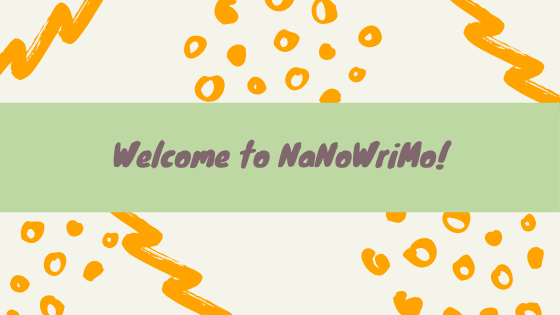November is a busy month for writers: it’s National Novel Writing Month, also known as NaNoWriMo. What happens during NaNoWriMo? It’s simple really. To celebrate the only official book-writing month of the year, writers are encouraged to spend 30 days putting their fingers to the keyboard, completing a 50,000-word book by November 30th. One month. Boom. Done. You’re one step (a first draft) closer to becoming a published author. If you have struggled with finding the time and discipline to finish your book, this is one of the easiest ways to jump those hurdles. Your word count can vary from day-to-day,…
Search Results for: nanowrimo
-
-
Whether you took the summer off from writing or experienced distractions that took you off course, now is the perfect time to set new writing goals for the remainder of 2024. From beating procrastination to nurturing your creative spirit, we’re going to discuss practical strategies and help you plan out writing objectives for the next few months. If you’re ready to start rebuilding your writing routine, follow our strategies to set yourself up for a fulfilling and successful end of the year. Start Small to Rebuild Your Writing Routine One of the biggest hurdles in rebuilding your writing routine is…
-
Happy First Day of Fall! Fall (or Autumn) is the perfect season for creative writing. It is a time when stories come alive and there are so many places to pull inspiration from. Whether you’re just practicing writing or are starting to think about your next novel project for NaNoWriMo in November, now’s the time to feed your creativity! And what better way than with some fresh writing prompts? No matter what kind of project you’re embarking on this season, grab your favorite pumpkin-flavored treat and get to writing! Here are 10 autumn-themed writing prompts to get your pen moving.…
-
Did you know the symbol—most commonly three asterisks—inserted between sections of text to break the scene is called a dinkus? Scene breaks serve many purposes, but one reason it’s used is to give readers a breather. Imagine reading an intense scene that holds a lot of significance, but the chapter doesn’t end when the scene ends. You’d need a little breather, right? That’s what the dinkus—or scene break—provides. Here are four other times to use a scene break. 1. When you want to transition from a present-day narrative to a flashback. A scene break is a useful writing tool when…



